About the ancient Chinese women's makeup, how ancient women actually groomed themselves? We don't really know.
History has left many questions about traditional Chinese makeup: What did the real Yang Guifei look like? How did the pearl makeup of the Northern Song Dynasty evolve? What do the Ehuang, Huadian, and Yuanshan eyebrows refer to?
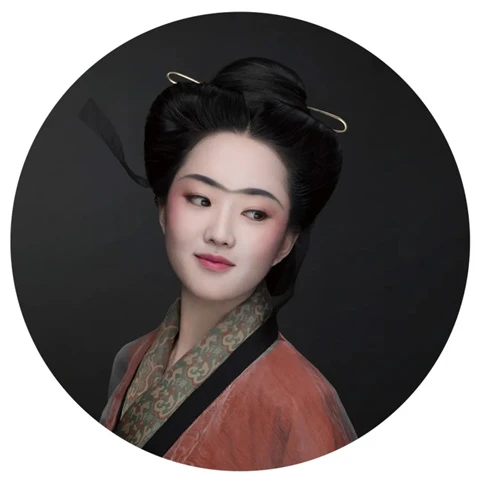
In August, the book "The Beauty of Chinese Makeup (中国妆容之美)" was published. The book shows the makeup of women from the pre-Qin Dynasty to the Qing Dynasty, in which 29 groups of real restored makeup charts are particularly eye-catching, from hair to jewelry, from lip color to eyebrow shape, every detail, after informative testimony.
One of the authors of this book, Chen Shiyu (陈诗宇), who is the costume consultant for National Treasures and Serenade of Peaceful Joy, has been engaged in the research of ancient Chinese costume restoration and crafts research for more than ten years. In his eyes, the process of restoring ancient figures looks is like solving a case, complicated but fun.
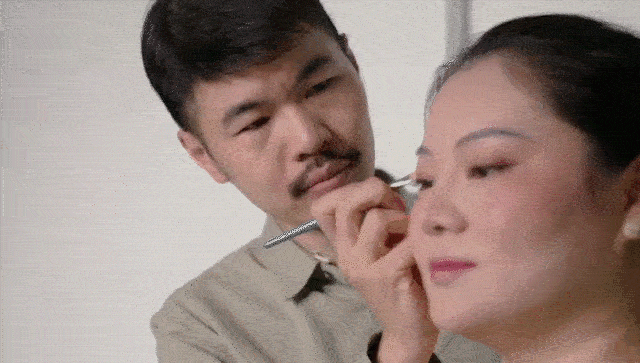
Chen Shiyu paints vintage makeup for models
In the program "National Treasure", Princess Wencheng played by Yang Zi and the Ya Ya played by Tong Liya, broke the inherent impression of people for the women of the Tang Dynasty! And the restorer of these characters looks, is Chen Shiyu.
In the Chinese drama "Serenade of Peaceful Joy", he directed the design of the harem concubines' "pearl makeup" costume, which also left a deep impression on the audience.
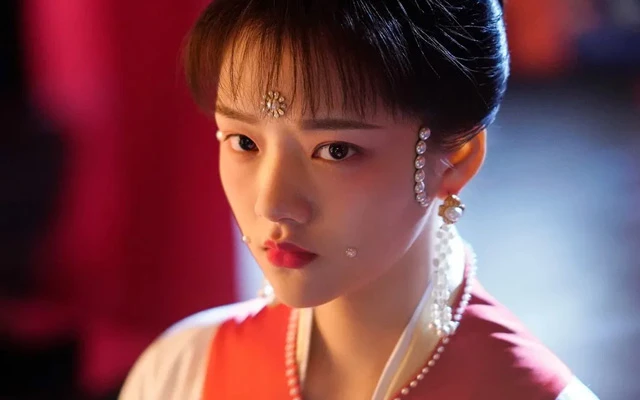
Stills from Serenade of Peaceful Joy
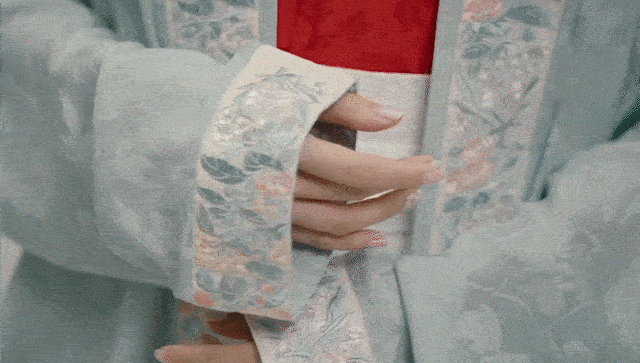
Song Dynasty Women's Clothing Restoration
Therefore, when there are questions about ancient costumes, netizens always think of him first:
- Could Emperor Huizong of Song wear a yellow dragon robe?
- Why was there no phoenix in the crown of Empress Xiao?
- If travel back to the Tang Dynasty, how many pieces of clothing need to bring?.......
And to put all the questions into one piece, it is: What did the real ancient people really look like?
In this article, we will learn about the evolution of traditional Chinese makeup culture through the autobiography of Chen Shiyu.
Traditional Chinese makeup styles in different periods of history
Makeup usually has a few key points, like eyebrow makeup, eye makeup, and lip makeup, all of which are some parts that people want to highlight.
But Chinese classical aesthetics is more eastern style and does not like too exaggerated features. That's why in ancient times, women wore makeup, mainly eyebrows and rouge, and rarely trimmed their eyes. The eyeliner was thin and long, and the exaggerated one would reach the temples.
Lip makeup prefers small lips. For example, "lip beads", only a small point on the lower lip, in the "Story of Yanxi Palace" the head of the "Yao Chun makeup (咬唇妆)", only a little halo in the inner side of the lip, like biting the lips.
In addition, is "white is beautiful", from ancient times to the present, both men and women, are respected face white. Even in the Wei and Jin dynasties, some literati would also put on powder, such as Cao Zhi. But most of the time, men's makeup demand is far less than women's, and the same is true today.
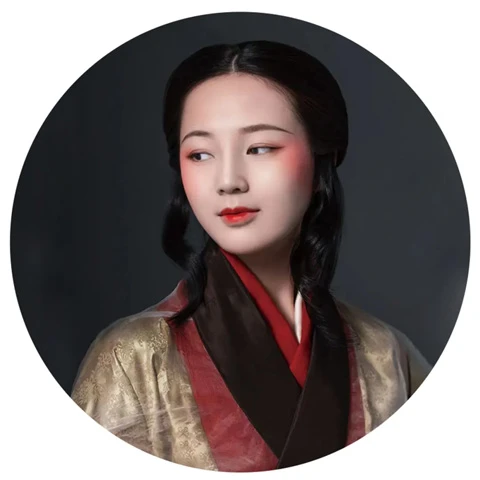
Han Dynasty makeup restoration
Han Dynasty women mostly love white makeup, eyebrows are flat or thin curved eyebrows, this is because the Han Dynasty is the initial stage of the Han culture, aesthetic preference for solemn, atmospheric, so the makeup is also based on quiet.
Corresponding to this kind of makeup, is Han Dynasty Quju, which is around the lapel of the triple coat, a total of three layers inside and outside, usually with a cross collar, the collar is very low, in order to reveal the lining of the coat. The hairstyle is mainly a hanging bun, with a strand of hair at the end, which gives a sense of flow when the wind blows.
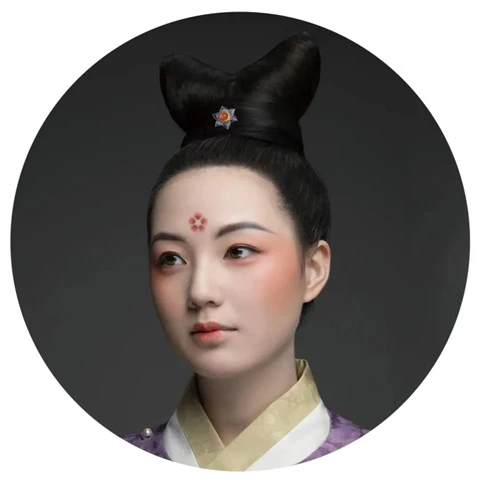
Restoration of costumes and makeup in the early Tang Dynasty
I prefer the Tang Dynasty. It was a mingling, open era, and the aesthetic was more open and outgoing, so the women's makeup was the most varied and rich.
In the early Tang Dynasty, women would paint a Hua Dian (花钿) on their foreheads, a small flower or a small decoration, slanting red on both sides of their faces, and a little Mian Yan (面靥) at the corners of their mouths to simulate dimples.
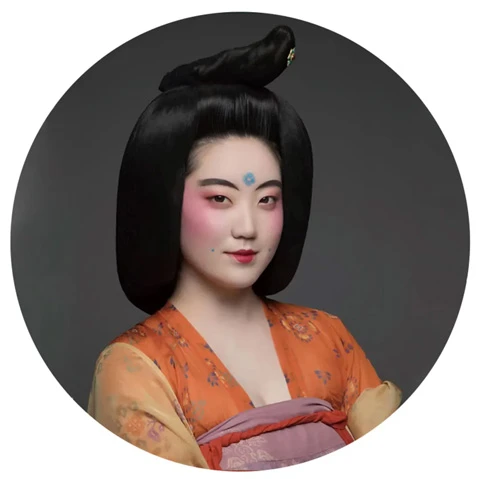
Restoration of women's makeup in the flourishing Tang Dynasty
In the Tang Dynasty, the whole face was covered with rouge, which was clearly seen on the murals and terracotta figurines of the time.
Li Bai once wrote in an ancient poem: "Women smiling on their horses, their faces like red jade plates", referring to the round faces of noblewomen at that time painted with crimson rouge, which is very graphic.
There is even a kind of "Xue Yun makeup (血晕妆)". It is a few horizontal lines above and below the eyes, as if being scratched. This makeup looks very exaggerated today, but at that time it was very fashionable.
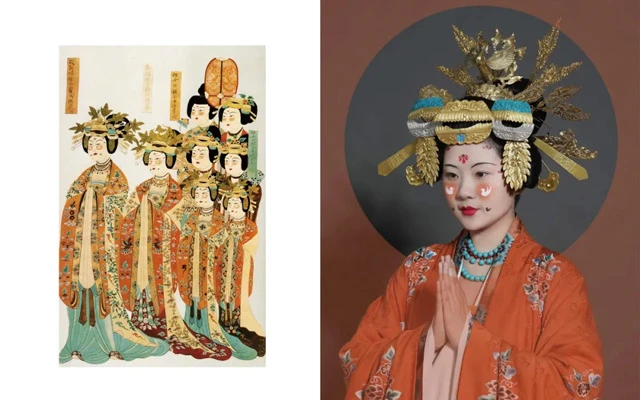
Late Tang and Five Dynasties women's makeup restoration
By the late Tang Dynasty, women's faces became more and more decorated in various ways. Not only that, but even wings of insects, feathers of kingfishers, and even all kinds of precious stones would be put on their faces. We look at the murals preserved in the Mogao Caves at Dunhuang today, the makeup of the Han Chinese women can be seen clearly.
This shows that the overall characteristics of the Tang Dynasty makeup are rich and grand, and intermingling is particularly strong, with many minority and exotic elements.
More about Tang dynasty makeup:
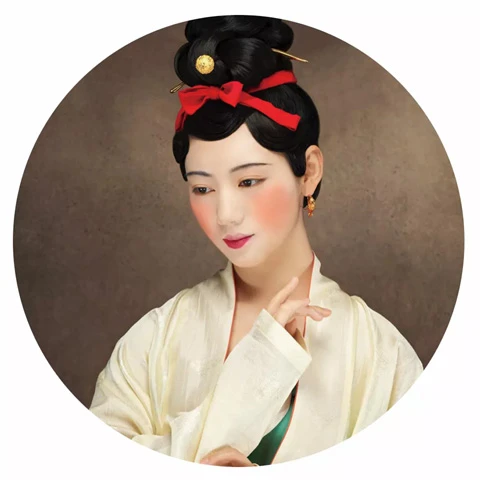
Northern Song Dynasty makeup restoration
Song Dynasty is an era of literature, literary and classical systems are more revered, therefore, Song Dynasty women in makeup are also gradually convergence, back to light, delicate makeup.
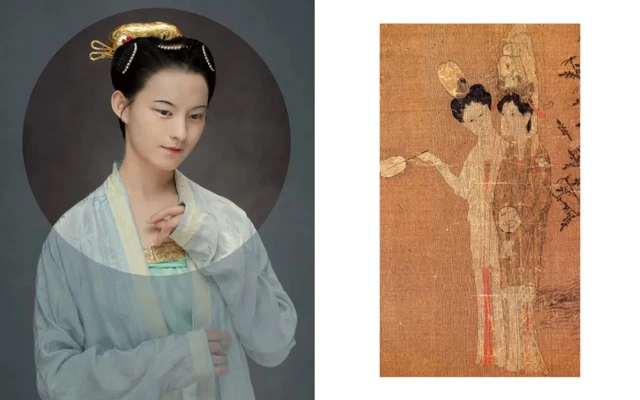
Southern Song Dynasty makeup restoration
At this time, "San Bai makeup (三白妆)" began to appear. Women would put white powder on their foreheads, noses, and chins, which was equivalent to today's highlighting.
There was even a special makeup - "tear makeup", expressing a relatively sorrowful mood. This tear makeup, close to today's lower eyelid. Eyebrows, basically E eyebrows (蛾眉), more slender, low profile.
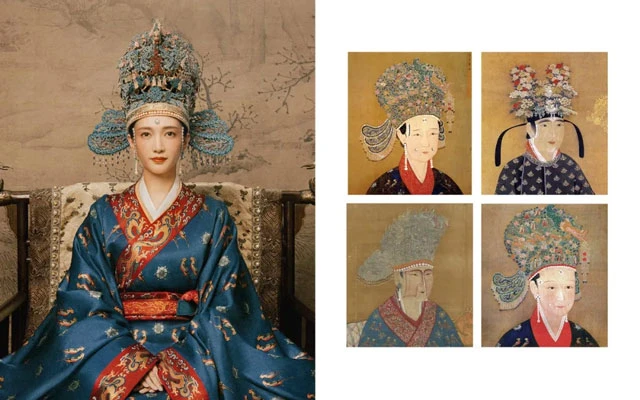
Song Dynasty pearl makeup restoration in "Serenade of Peaceful Joy"
However, the Song Dynasty will also have a grand makeup, such as in the "Serenade of Peaceful Joy" restored to the queen's dress - "pearl makeup".
In fact, the pearl makeup is in the Tang Dynasty women painted Huadian, Xiehong (斜红) place, instead of using pearls to decorate. In the "Taipei National Palace" collection of the Song Dynasty Empress portraits, this kind of makeup is very common.
There are many scenes of court etiquette in the "Serenade of Peaceful Joy", such as the Queen's wedding, or the royal ancestors and other grand ceremonies, according to the requirements of the Song dynasty dress, the need to apply to the pearl makeup.
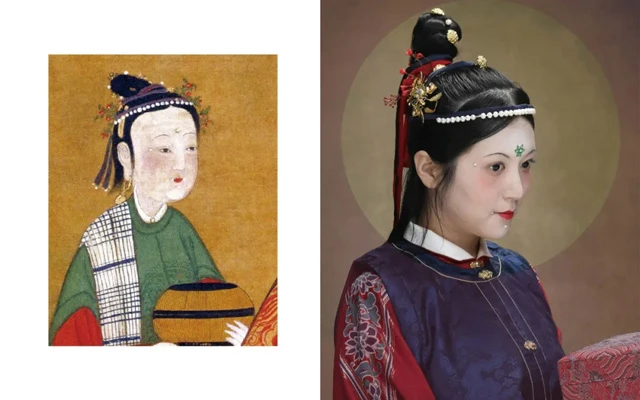
Restoration of maid makeup of Ming Dynasty
Compared to the Song, the Ming Dynasty makeup is more understated, the Ming Dynasty noblewomen's makeup is even basically close to the veiled face. But the maids will dress more playful, such as in the corner of the eye stick one or two small pearls.
"Pearl makeup" to the Ming Dynasty continued to maintain, the head will be paired with a large dragon and phoenix flower hairpin crown, generally applied to some of the most solemn ceremonies.
Contrary to the simplicity of the makeup, is the Ming Dynasty women's complex headdress. They usually put their hair together to the top of the head, with a gold and silver weaved wire net tire, filled with a variety of hairpins, hairpin, this set of the headdress has a proprietary name - Diji and Toumian (䯼髻, 头面), highlighting the status and position.
Looks restoration is a constant search
To recover the real looks of the ancient people, we usually use the "multiple evidence method".
The first is to look for relevant documentary materials, such as some rites texts - the Rites of Zhou, Collected Statutes of the Ming Dynasty, or some illustrated books, or notebooks and novels.
Secondly, we will make use of some pictorial materials, such as the figures on tomb murals, ceramic figurines, or heirloom paintings of figures, and so on.
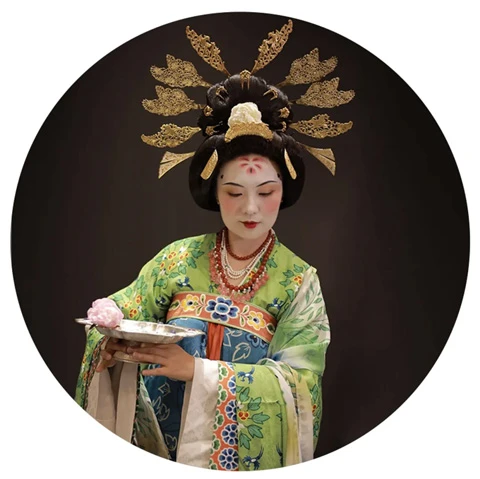
Late Tang Dynasty noblewoman makeup restoration
To give two examples, in the Middle and Late Tang dynasties, a kind of floral hairpin with romantic flora and fauna, or birds and animals, was popular. But the flower hairpin exhibited in the museum, always quietly lying there flat, how it is inserted and worn, wear one or two? I was curious.
Later, I saw a large number of late Tang Dynasty portraits of noblewomen in costume in the Dunhuang murals, and they had a full circle of such jewelry on their heads, so I realized that they had to wear a circle, and they were symmetrical, like peacocks opening their screens.
However, since the rendering of the wall paintings is not clear, I need to find undisturbed excavated materials to confirm the exact position and direction of the jewelry.
Another example is the Diji and Toumian of the Ming Dynasty. At first, we would only call that ancient jewelry collectively as Chai (钗), Zan (簪), or comb, but in fact, each piece of jewelry has its own special name.
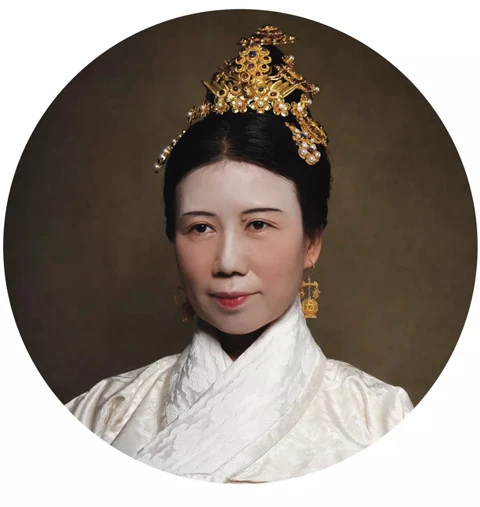
The makeup of noblewomen wearing DiJi in the Ming Dynasty
For example, in The Golden Lotus, Li Bing'er wore a golden silk bun and then wore a "Fenxin (分心)" on top, but we don't know exactly what it refers to.
Some notes, such as the "Yun Jian Ju Mu Chao", say "the top with a treasure flower is called "Tiao Xin (挑心)", so we know that the top is called "Tiao Xin".
There are also some books with diagrams in the Ming Dynasty, such as "Sancai Tuhui", which will draw some jewelry, and then labeled on the side, so we can learn that the jewelry worn on both sides of the temples is called "Yan Bin (掩鬓)".
According to these depictions, a complete set of the Ming Dynasty Di Ji configuration can be deduced. At this time we then go to find the Ming Dynasty portrait to confirm.
Related articles of Di Ji:
In the second episode of "National Treasure", Princess Wencheng modeling, played by Yang Zi, is also a more interesting design.
When it comes to princesses and concubines of the Tang Dynasty, the first comes to mind is probably the "Court Ladies Adorning Their Hair With Flowers", in which the woman is dressed in tulle with large sleeves and a floor-length skirt, topped with a large high bun and filled with gold hairpins and large flowers, with a graceful and luxurious appearance.
This was the basis for several earlier dramas set in the Tang Dynasty, such as "Yang Guifei" and "Tang Ming Huang". However, "Court Ladies Adorning Their Hair With Flowers" depicts a trend in the late Tang Dynasty, or even the Southern Tang Dynasty of the Five Dynasties. It is two or three hundred years away from the time when Princess Wencheng lived, so it is not suitable as a reference.
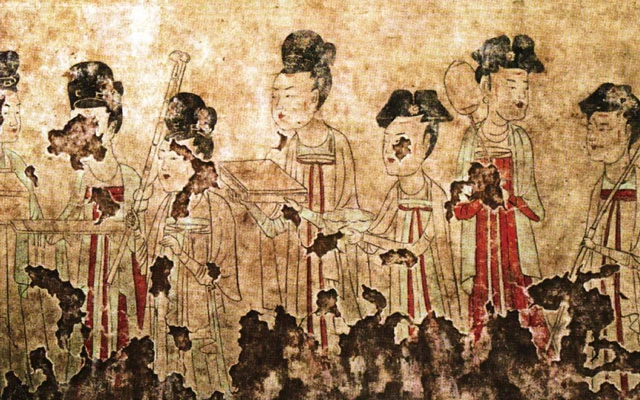
Servant girls in the mural paintings of Tang tombs in Xianyang
Based on the frescoes and terracotta figurines in some unearthed tombs of nobles of the Chang'an generation, it is possible to deduce the popular clothing style in Chang'an in the early Tang Dynasty: a short jacket with narrow sleeves in the early Tang style, a striped inter-colored skirt, and a short skirt at the waist as decoration.
The fabrics chosen were dark fabrics of Luo and damask, the favorite of the Tang, as well as the then-popular Suote-style joint-jeweled brocade. The princess's forehead was decorated with Huadian and her hair was styled in a Shuang Dao Ban Fan Ji (双刀半翻髻), which was popular among noblewomen at the time. Thus, a version of Princess Wencheng's look of the early Tang Dynasty was completed.
Many netizens say that this Princess Wencheng is one of Yang Zi's best ancient costumes. This gives us a lot of confidence and shows that the public's acceptance of historical reality is getting higher and higher.
The aesthetics of oriental costumes that match the makeup
Corresponding to the traditional makeup, there is also our ancient clothing. Most of the time in ancient China, people's concept of dress is more conservative, and court etiquette is also paternalistic, so we do not quite accentuate the body curves, and the cut of the clothes is also based on flat tailoring.
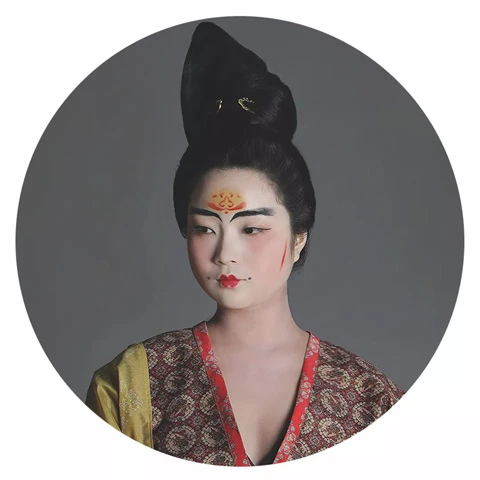
Wuzhou period makeup restoration
Nonetheless, there are some exceptions, the most important of which occurred in the period of Wu Zetian.
At that time, it could be considered the era of the peak of female power, and the status of women was unprecedentedly high. Women wanted to show their beauty to the best of their ability, so the Mi Li (羃䍦) and Weimao (帷帽) used to cover their faces in the early Tang Dynasty were abandoned.
A large number of wall paintings and terracotta figurines reflect this, especially between 690 and 705 A.D. The extent to which women showed off their figures during this period was strong.
However, by the time of Emperor Xuanzong, it was back to the direction of graceful dragging and relative conservatism, and the skirt waist began to be raised again.
Because of the lack of focus on tailoring, people would try their best to work on fabrics and weaving techniques, as this was also a reflection of financial power and status. This was the case in several Eastern countries, including Japan, Korea, Vietnam, and so on.
Coupled with a monsoonal climate, with four distinct seasons, the need for different materials to adapt to different temperatures, so early on the invention of different textures, thicknesses, degrees of softness, and hardness of fabrics.
Summer will have yarn and Luo, winter is satin, silk, brocade, and so on. It can be said that the vast majority of silk weaving varieties and techniques were invented and developed by the Chinese first.
Chinese civilization is actually a continuous civilization, the language and Chinese characters are the same cultural system as thousands of years ago. And costumes and manners are also part of it.
So studying the makeup and clothing of the ancients will not only satisfy our curiosity, but will also allow us to understand traditional Chinese culture and aesthetic trends and become familiar with what Chinese people used to look like. At the same time, we can also think about what kind of an image the Chinese should have in the future, not necessarily a replica, but some ideas to learn from.
History of makeup styles of different dynasties (updating):
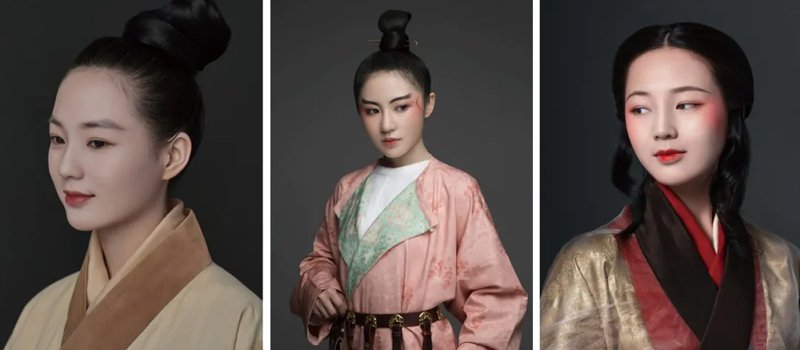
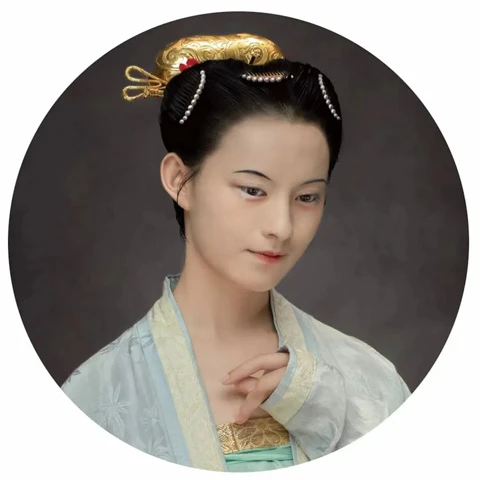
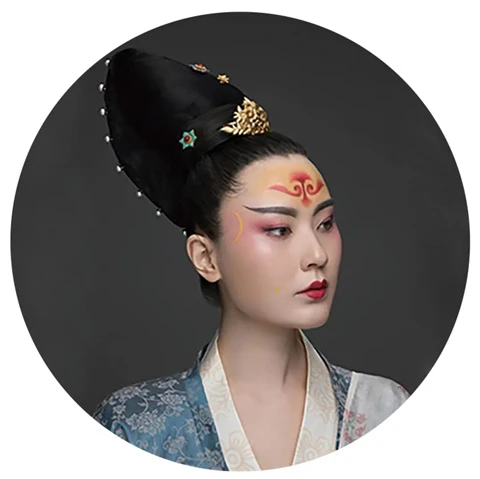
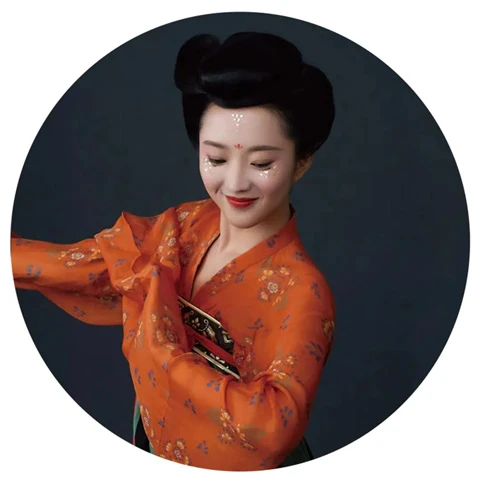
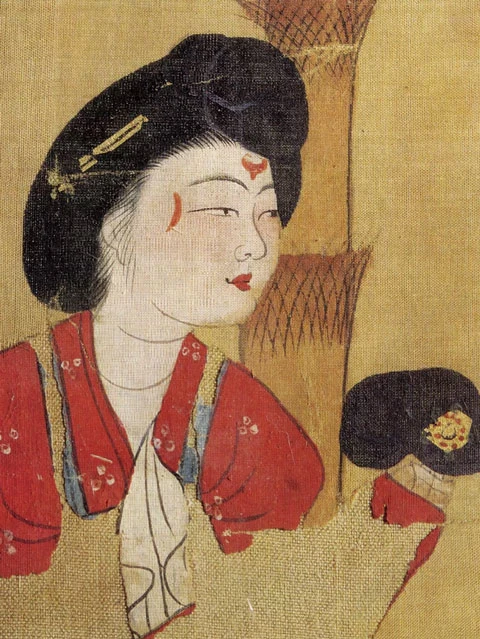

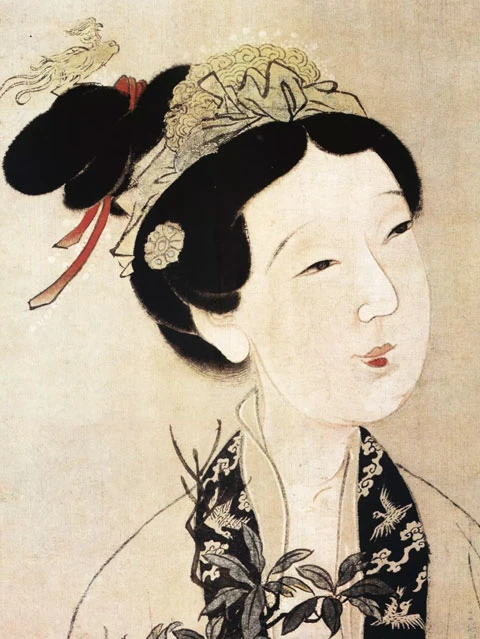
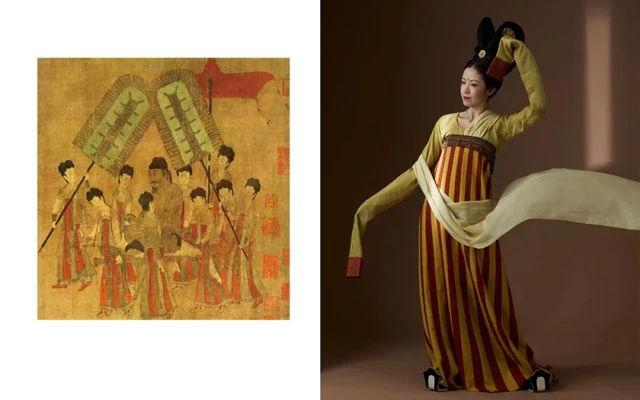
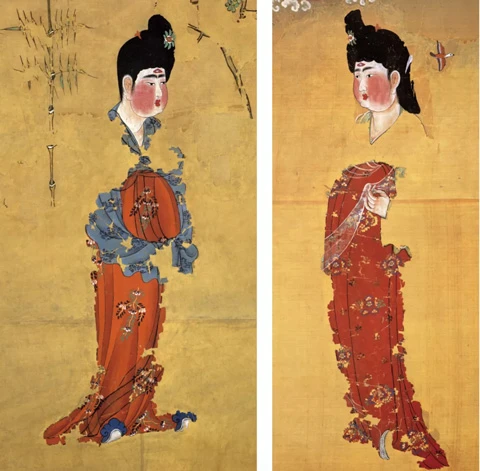
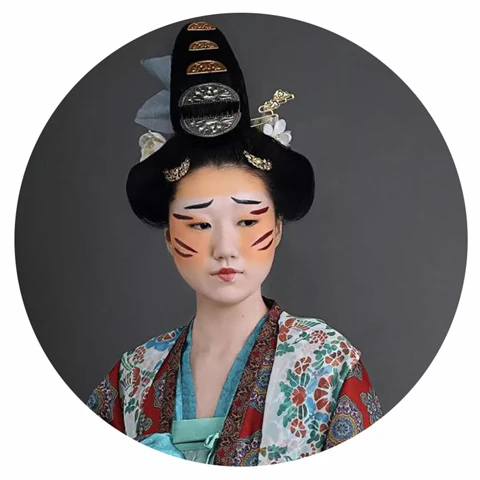
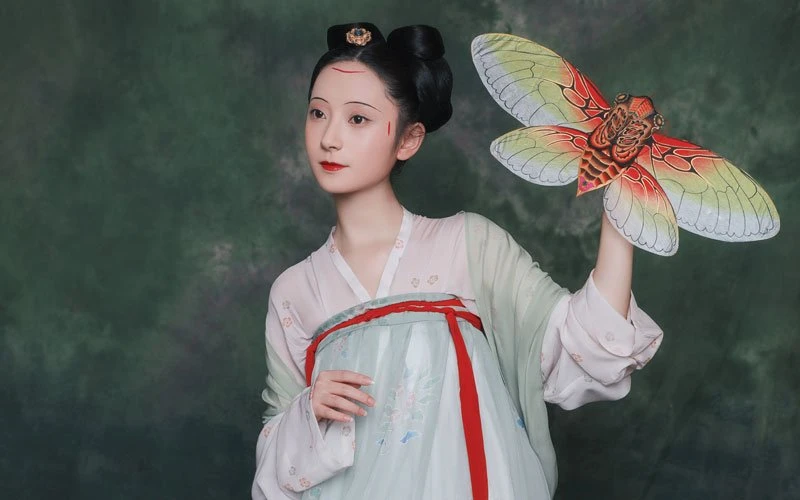
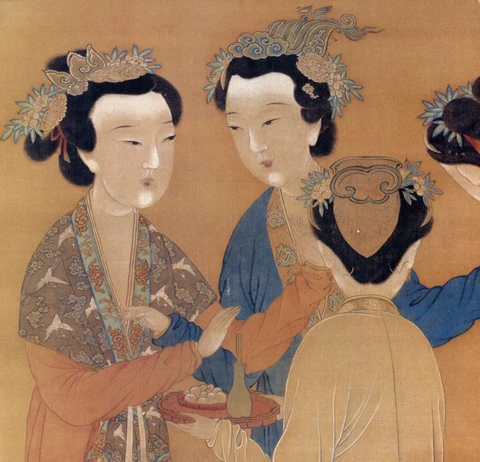
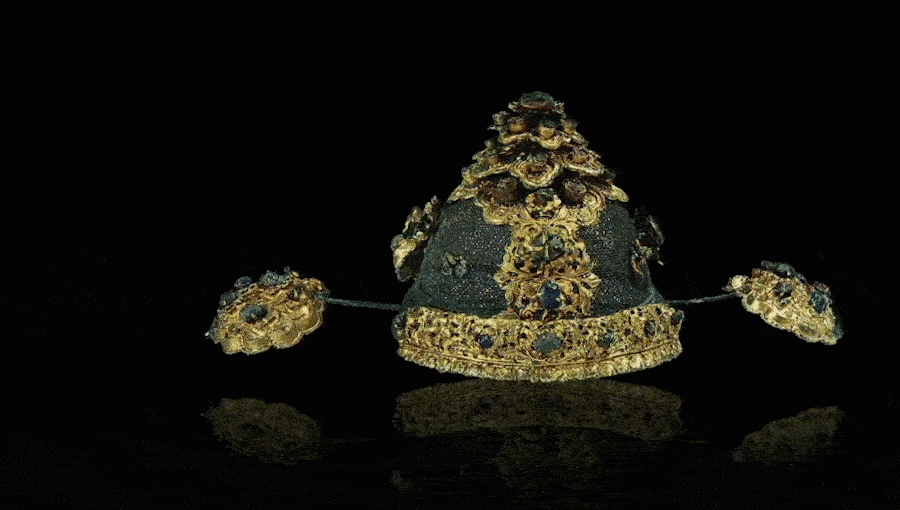
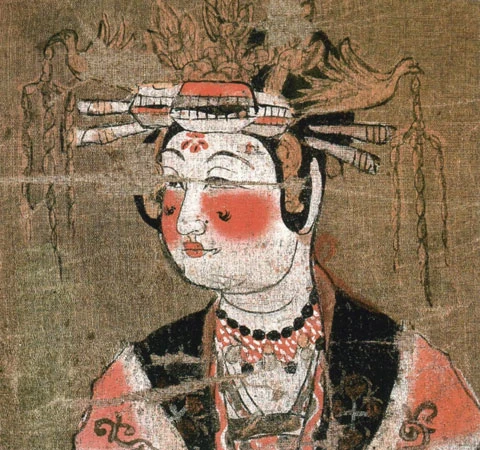
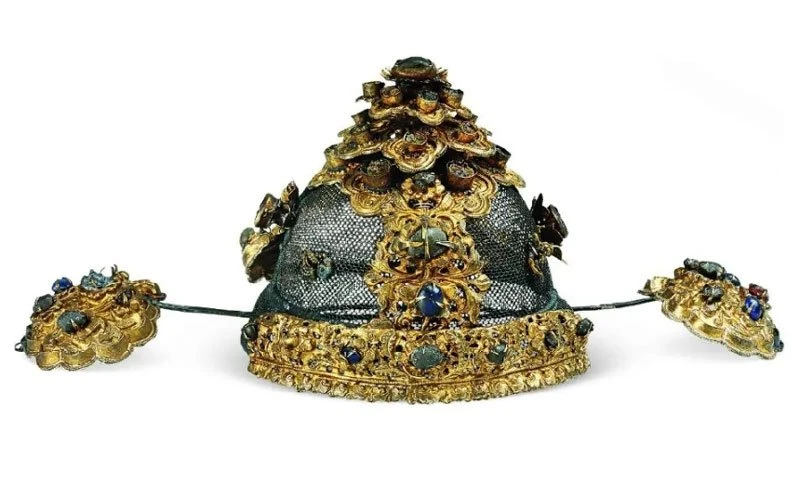
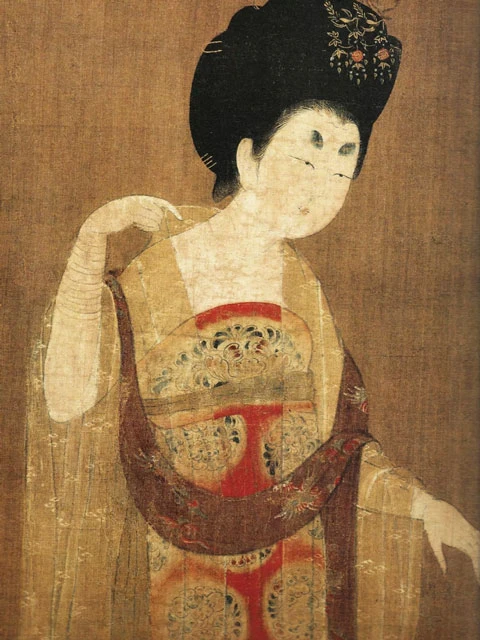
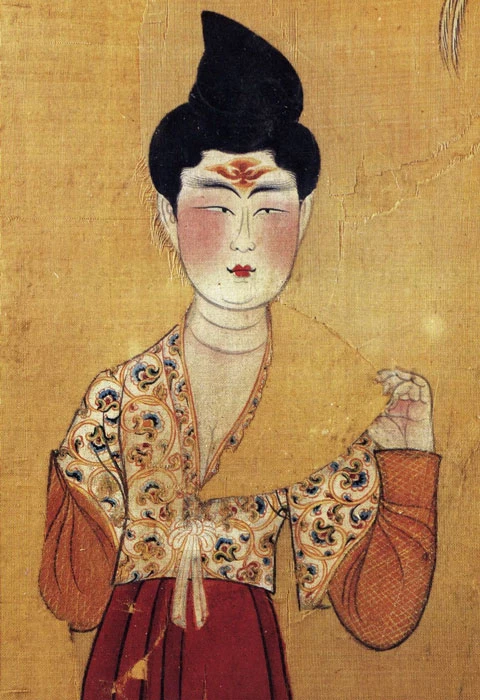
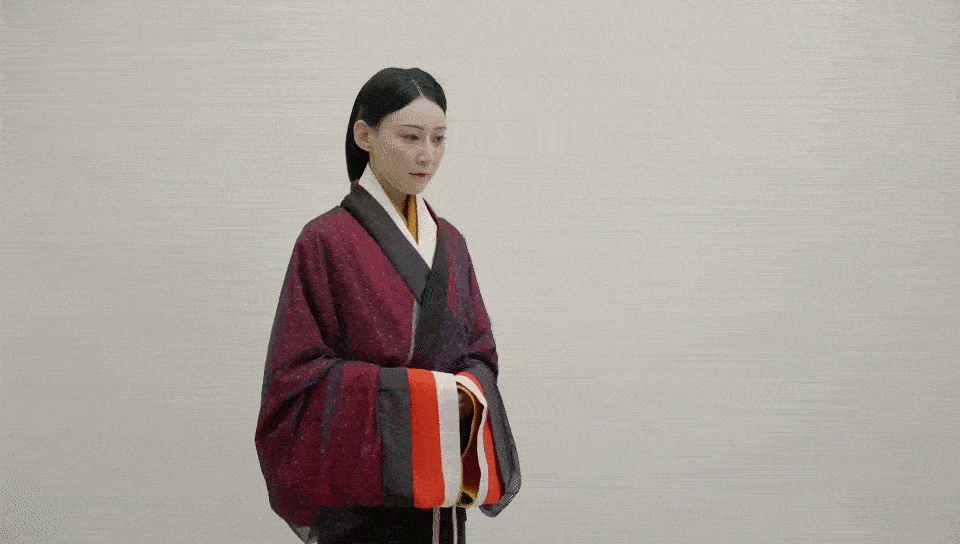
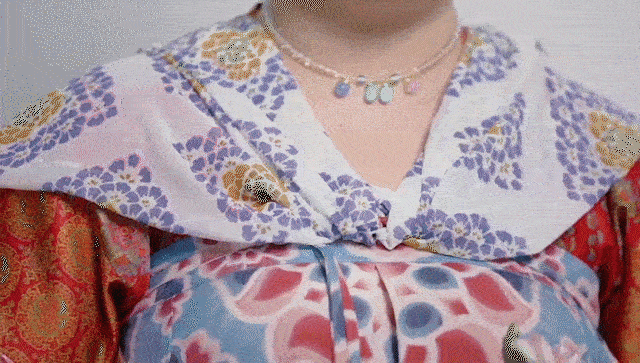
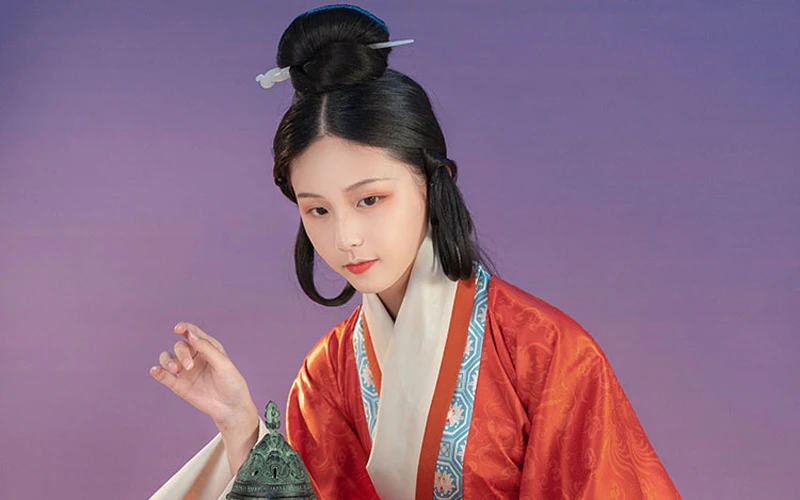
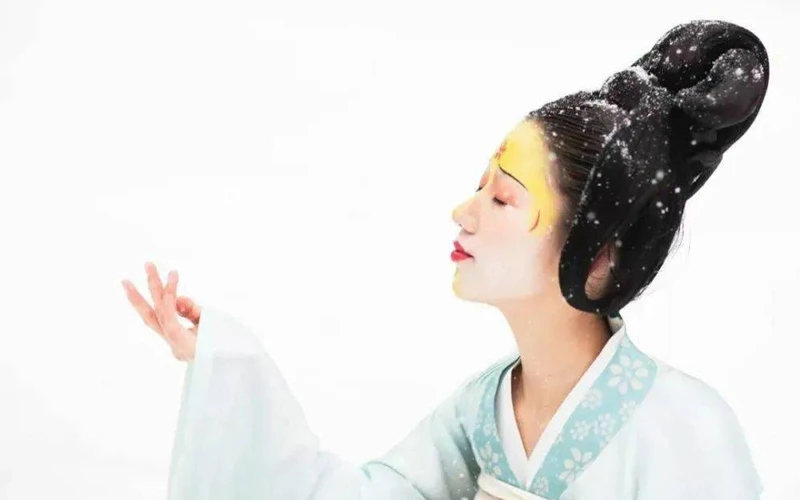
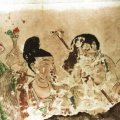

Wuawww😍😍
Dang, very interesting 😆
😍😍😍